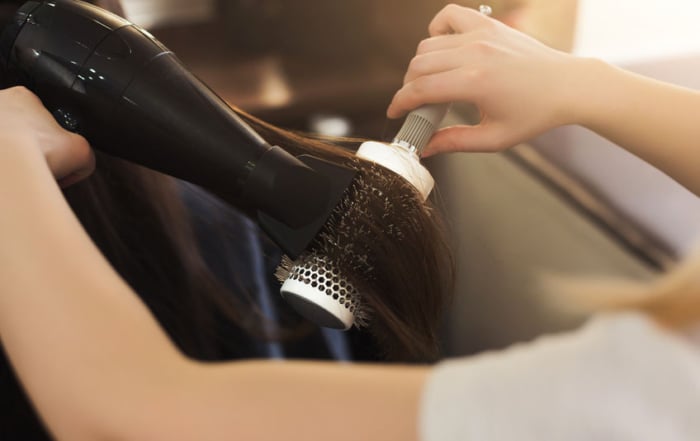Can Release Surgery Trigger Recurrence?
Affecting more than 200,000 people every year, trigger finger is a common but painful occurrence. The condition happens when irritation causes a tendon or tendon sheath in the finger or thumb to swell. The swelling causes difficulty in moving the hands, and in severe cases, the fingers can be frozen in a flexed position. Trigger finger treatment typically involves splinting, physical therapy (PT), steroid injections, or surgery. For individuals choosing surgery, a common question is whether the painful condition can return after the procedure.

Identifying trigger finger
Certain individuals are more susceptible to developing trigger finger. Women over age 50, individuals who engage in work or hobbies involving repetitive gripping, and people with specific health problems like rheumatoid arthritis (RA) and diabetes are at increased risk. Symptoms of trigger finger can include stiffness, pain, a popping or clicking sensation, and tenderness at the base of the affected finger. In some cases, the finger can lock in a bent position. The condition can affect any finger, but the ring finger and thumb are most susceptible.
Understanding release surgery
Although conservative treatment options like splinting and steroid injections can help, the results don’t always last. A recent study found that 61% of patients had a recurrence of trigger finger after proceeding with steroid injections to treat the hand. Surgery, on the other hand, is thought to be much more effective in the long term. Trigger finger release surgery is an outpatient procedure that involves making an incision in the tissue over the tendon involved in finger bending. Once released, the patient should be able to bend the finger freely without pain.
Recovery and rehabilitation
After surgery, the patient should be able to bend the finger right away, and most people can expect a return to full movement in 1-2 weeks. Return to everyday activities, such as driving or using a computer, can vary depending on the type of surgery performed, the number of fingers treated, and the patient’s underlying health. When minimally invasive approaches are used, recovery can be shortened further due to smaller incisions and less risk for complications.
How common is recurrence?
A return of trigger finger after release surgery is thought to be rare. In a recent study, just 2.39% of patients reported recurrence after completion of the procedure. To prevent recurrence and keep the hand healthy, the following 3 tips can help.
1. Take things easy
Patients should plan to take things easy for the first few days after surgery. This means no heavy lifting and no repetitive movement. Try to put off computer work as long as possible. Ask for help with tasks like opening jars and doors.
2. Engage in physical therapy
Sometimes the doctor may recommend PT to improve finger mobility, flexibility, and strength. Different exercises, such as opening and closing the hand, will be incorporated each week. Consistent physical therapy can reduce the risk of recurrence and keep the hand strong.
3. Avoid triggers
Although some people are more susceptible to the condition, certain activities can exacerbate the development or recurrence of trigger finger. Repetitive gripping or twisting should be avoided if possible. Additionally, certain underlying health conditions can increase the risk of inflammation in the hand. Proper control of diseases like RA and diabetes can help.
Say goodbye to trigger finger
A painful thumb or finger stuck in the wrong position can be extremely frustrating. Although not every individual will require surgery, trigger finger release is an excellent option for people who do not respond well to conservative treatment. Patients should expect an immediate improvement after surgery and a short recovery period. Recurrence is considered rare, so patients opting for release surgery can rest assured that a return of the condition is unlikely.




